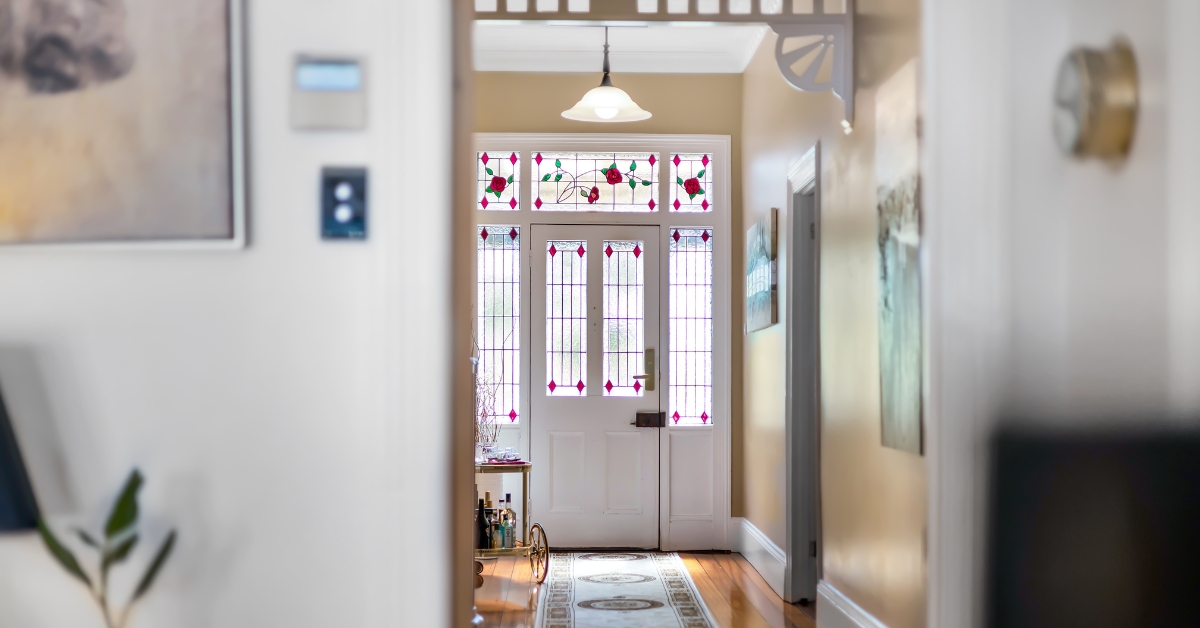The Impact of Local Amenities on Property Sales

Whether you’re buying or selling a house, proximity to local amenities emerges as a decisive factor influencing property sales. From neighborhood amenities such as playgrounds and parks to schools, shopping centers, and public transport – these factors can contribute most to whether a property is desirable or not.
In this article, let’s explore the neighbourhood features that boost your property’s value so that you can better assess the significance location has in your real estate decisions.
The benefits of local amenities for your property
The main benefit of having close access to local amenities is convenience. As population growth increases and high-density living becomes the norm, having the freedom to quickly zip down the road to access essential services and facilities proves valuable.
The better the amenities near your property (and the closer they are to you) the more valuable your property should be.
Properties in neighborhoods with desirable amenities tend to command higher prices and attract a wider pool of potential buyers. Investment properties with better amenities could also charge higher rents due to higher desirability from tenants.
Let’s not overlook the influence of nearby amenities on enhancing your quality of life. Convenient access to parks, cafes, restaurants, and supermarkets not only enriches your daily experience but also fosters a stronger sense of community.
Access to good schools
Families and couples planning on having children tend to prioritise living in areas close to schools. Access to good schools not only carries the benefits of good educational opportunities, but homes located in areas with good schools tend to have higher property values. In fact, a property located in a great school catchment area can add 10%-15% to its price.
Shopping and dining options
Living near supermarkets and a mix of dining options such as cafes and restaurants can boost the value of your property. Having a mix of eateries and shopping centres nearby allows for a greater diversity of cuisines and price ranges, which attracts a wider range of homebuyers. So, if you’re a property investor, buying a property close to or within walking distance of a top-rated restaurant, pub, or cafe could provide you with a good return on your property investment.
Public transport
Another amenity that increases property value is public transportation. Living near train stations, bus stops, airports, and highways offers convenience and connectivity. Whether traveling for work or leisure, a property that is close to major transport hubs and arteries is highly valuable and desirable to buyers.
Additionally, properties with high walkability and access to bike lanes offer appeal – especially for families or active people. If buying or selling a home, consider proximity to public transport. In addition to offering convenience and financial benefits for homeowners, residing near public transport can contribute to increasing your property's value by anywhere from 6.9% to 9.7%.
Recreational facilities
Having access to gyms, pools, and recreational facilities such as community centers and libraries can significantly enhance the appeal and value of your property. These amenities not only contribute to a healthier lifestyle but also promote social interaction and community engagement.
Local economic development
The overall economic health and development of a local area also play a significant role in determining property values. Property hotspots tend to be in areas experiencing an increased demand for housing alongside investment in infrastructure and public amenities.
Investment in infrastructure and public amenities improves living conditions and boosts economic activity, leading to increased property values. Therefore, a strong local economy greatly enhances the appeal and worth of properties in the area.
Local amenities and property value: tips for buyers and sellers
In addition to the value-adding amenities listed above, here are some additional tips for buyers and sellers when navigating location in real estate:
- Evaluate local neighbourhood dynamics: Consider factors such as crime rates and community engagement as these can impact property values over time.
- Research local economic development: Look into the economic health and development of the area, as thriving local economies often correlate with higher property values.
- Research market trends: Monitor market trends and conditions in your target location. Factor in median house prices, days on the market, and any changes in supply and demand as these can influence property values.
- Consider resale value: Choose locations with strong resale potential, where properties tend to appreciate steadily over time.
- Seek expert advice: Consult with a real estate expert who has local knowledge of your neighbourhood. They can help you make informed decisions regarding the value of your property.
Local amenities have a big say in property sales. Whether you're looking to buy or sell, having handy access to things like schools, shops, and transport hubs can really boost a property's appeal and value. From bustling cafes to nearby parks, these perks not only make life easier but also make your property more attractive to potential buyers.
DISCLAIMER - The information provided is for guidance and informational purposes only and does not replace independent business, legal and financial advice which we strongly recommend. Whilst the information is considered true and correct at the date of publication, changes in circumstances after the time of publication may impact the accuracy of the information provided. LJ Hooker will not accept responsibility or liability for any reliance on the blog information, including but not limited to, the accuracy, currency or completeness of any information or links.



